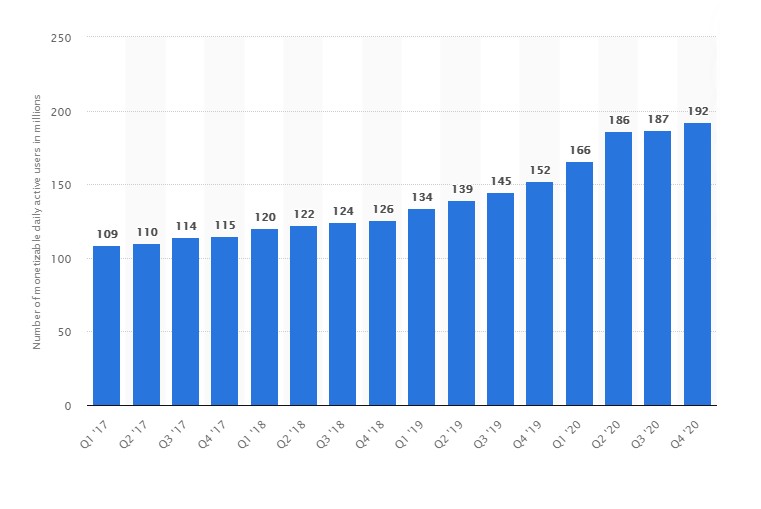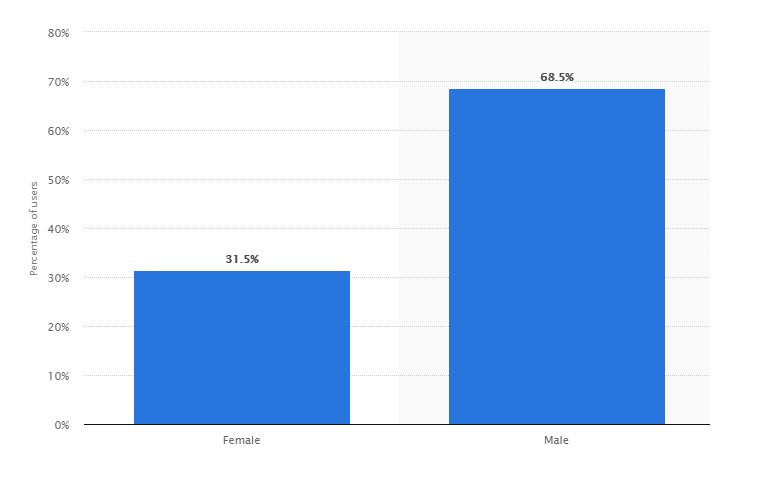Twitter turned 17 in 2023, and while that’s a feat worth celebrating, is it here to stay, or are its best days behind it?
Between Covid, the drama with the US elections, the Ukraine war, and everything else going on in the world — that’s a question a lot of people want an answer to.
We are going to have look at what the numbers have to say about our favorite little birdy, and find out if it’s really still relevant in 2021, or if it’s on its last legs.
For a lot of people, Twitter is a go-to source for the latest on everything worth talking about. For marketers and influencers that presents an amazing opportunity to capture attention, but is it really still worth the time? The short answer is yes, and there’s a lot you don’t want to miss, so read on and find out what it all means to you.
Twitter users
Twitter has over 350 million registered users which should come as no surprise considering how much the format appeals to so many. While that’s certainly nowhere near the user bases of social media giants like Facebook, Instagram, and TikTok it’s still a pretty significant pool of users to target for marketers and creators that have their strategies down.
A look at Twitter’s “monetizable daily active users” (mDAU), the measure Twitter prefers to use to quantify their numbers shows that there’s been a year-on-year user increase of around 27%. At 192 million mDAU, that is a pretty significant leap. With more and more people finding themselves online due to decreased mobility in the real world it wouldn’t be unreasonable to think a chunk of them will continue to find themselves adding to Twitter’s user base.
While no one is holding out hope that Twitter’s user base will one day challenge that of the more popular social media platforms, the numbers suggest that Twitter is going nowhere and will continue to attract new users. That means there’ll be more conversations to be had, connections to be made, and a whole lot more opportunities to capture attention.
Twitter stats on gender
Stats released by Twitter on the distribution of their user base by gender show that close to 7 out of 10 users on the platform are male. In the US, the gap is much smaller with 56% of users being men and 44% being female. What is clear though, is that Twitter appeals largely to the male crowd, but that could very well be changing.
While Twitter is more popular among men, a study by Brandwatch found that women are more likely to interact with brands on social media platforms. That means marketers, influencers, and content everywhere will have tough decisions to make about how they put together content and target their audience.
Twitter stats on age
Another stat in the bunch of Twitter stats you want to be keeping in mind this year is the ages you might have in your audience pool. According to Twitter, at the beginning of the year, the largest percentage of users were between 35 to 49 years old.
As you can see above 75% of all users are between 18 and 49 years old with not much difference in the numbers represented across the three major age groups. That means that Twitter continues to find appeal among people of all ages, with even the older and younger crowds not wanting to get left out of the conversation. All in all, that means the signs are good for Twitter.
Marketing on Twitter
According to the Content Marketing Institute, 82% of B2B marketers made use of Twitter as part of their organic content marketing strategy last year. The same percentage of marketers used Facebook, however, only 27% used Twitter ads in the same period.
This points to a lot of unexploited opportunities for marketers in the B2B space especially considering Twitter reported a rise in ad engagement towards the end of last year. Twitter reported a 27% increase in engagement with standard ads, a 15% increase in CTR for carousel ads on the web app when compared to single-asset ads, and a 24% increase in CTR for the same type of ads within their mobile apps.
That should be welcome news if you’re a marketer, especially considering the 9% drop in CPE as of Twitter’s Q3 report of 2020.
Changes in Twitter content
Last year brought massive changes in the way users shared and interacted with content. Twitter reports that they witnessed a 62% year-on-year increase in video views accompanied by a 72% increase in watch time over the same period. Between fleets and this latest news, it definitely appears as though the Twitterverse has fully embraced the rise of video content.
With everyone cooped up at home, the Twitterverse took to sharing their thoughts on their much-missed sporting events and the TV shows they were replacing them with. There were over 7000 tweets per minute in all of last year about a TV show and a combined 4 billion tweets about sports and video games too. For more on what the Twitterverse spent the last year talking about you can have a read of this amazing article.
There you have it, from ever-increasing users and new opportunities presenting them, to a world that won’t stop sharing, it’s clear to see Twitter will always be a large part of our social media landscape. More and more people are looking for ways to stay connected now more than ever and the numbers suggest many of them are turning to Twitter. So, if you’d been wondering if Twitter’s best days were behind it you can hold that thought for a lot while longer.
And check out our Ultimate Guide to Twitter Marketing.






